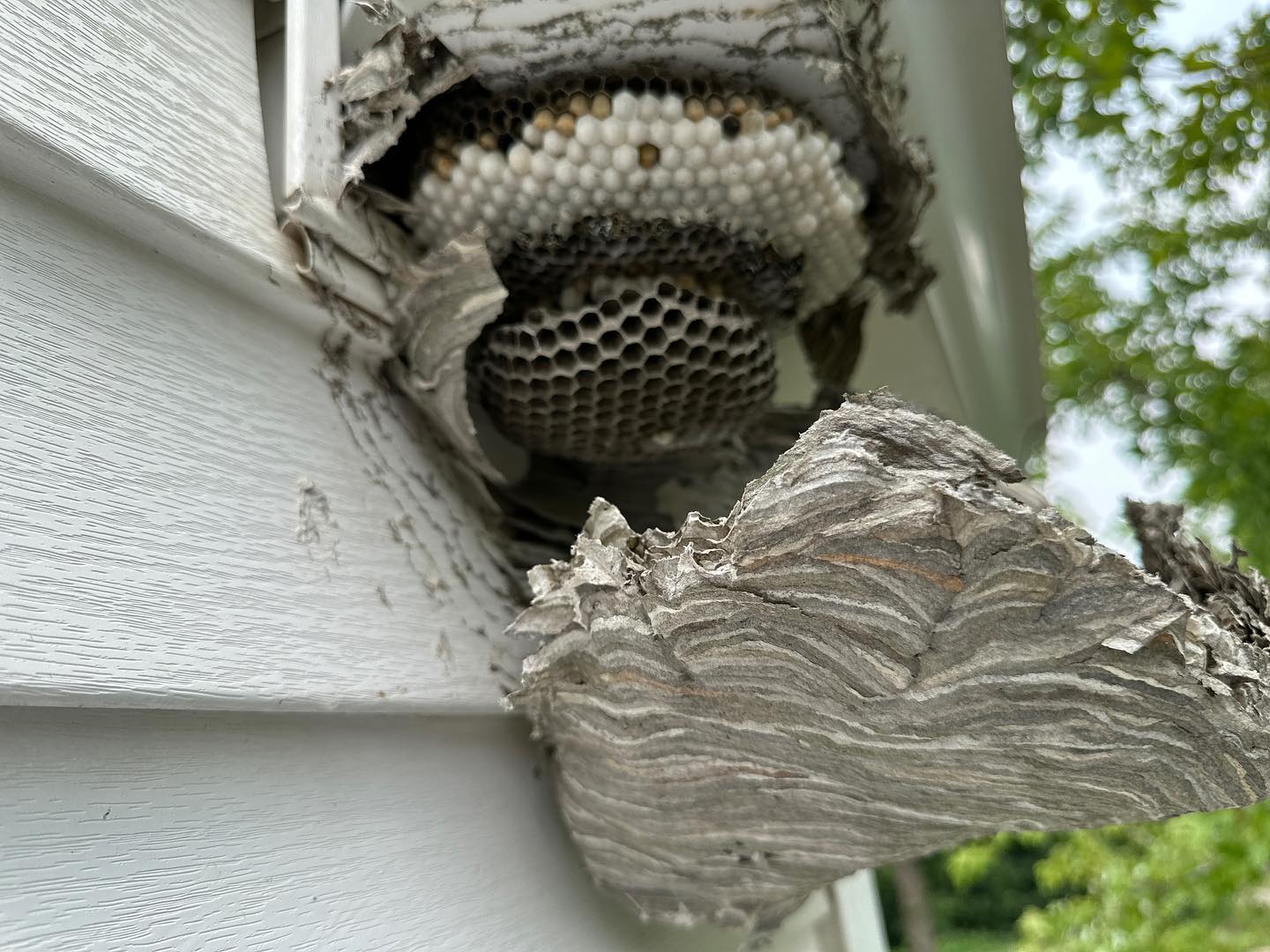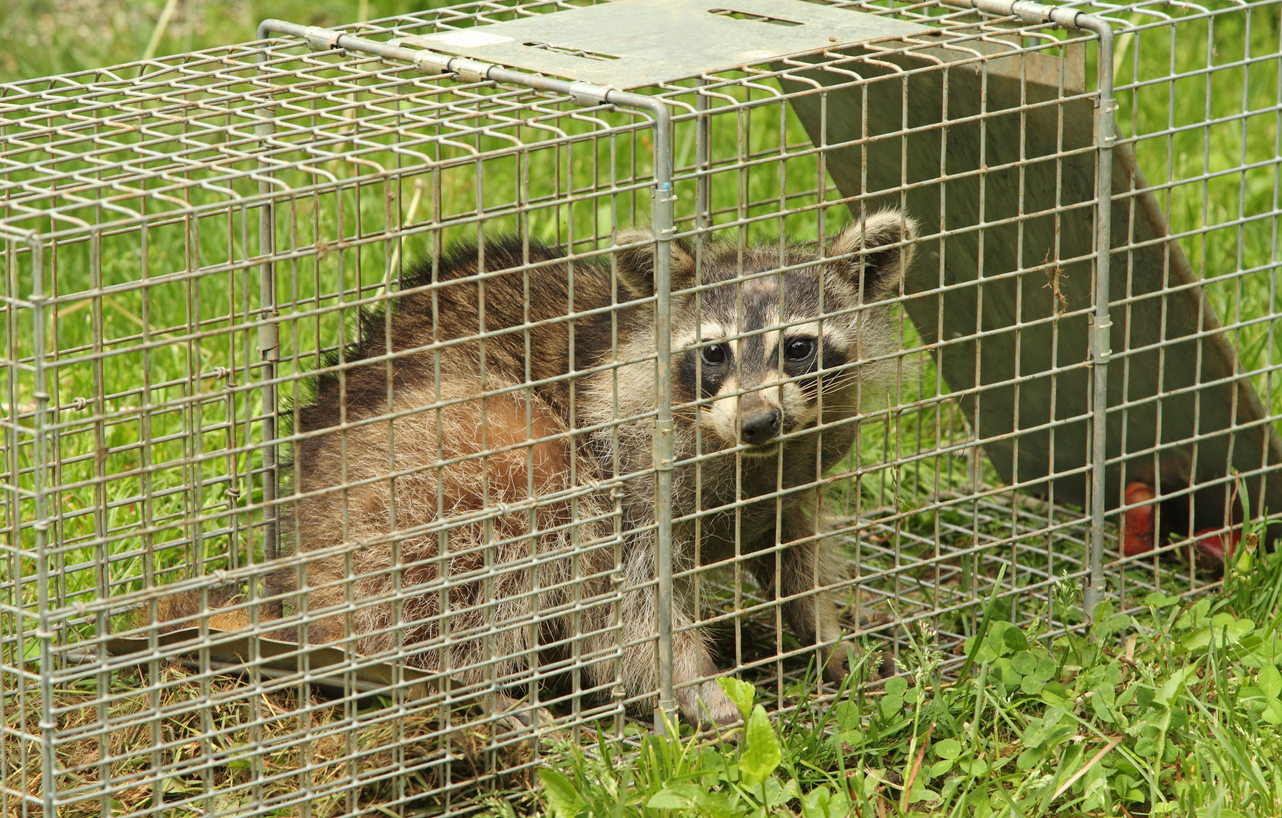
Call Locally At (651) 212-3208
What To Expect
- A pest program designed specifically for your environment. Our team will listen to your concerns, determine the extent of your pest issue, and assess your needs to design a custom program to solve and prevent pest issues to your satisfaction. Treatments are targeted, effective, and safe.
- CloverLeaf has trained and certified technicians who live and work in the communities they serve. Service technicians are also supported by a senior field team who possesses great experience in the pest control industry.
- Detailed service call reports to minimize the time you spend thinking about pest control and get you back to your home or business.

Home Shield 365

Wasp and Hornet services

Wildlife Control

Home Exclusion services

Rodent Control Services

Mosquito Services

Ant Service

Spider Services

Boxelder Bug, Beetles, and more
Pest Control FAQs
How often should I have my home inspected for pests?
It’s recommended to schedule a pest inspection at least once a year as a preventative measure. Some homes or businesses in high-risk areas may benefit from more frequent inspections, such as seasonal check-ups. Regular inspections help detect issues early before they become serious infestations, saving you time and money in the long run.
What are the signs of a pest infestation I should look for?
Common signs include droppings, gnaw marks, damaged wood or plants, nests or burrows, unusual odors, dead insects, and sightings of live pests. For wildlife, you might hear noises in walls or attics or find entry points around your property. If you notice any of these signs, it’s best to contact a pest control professional promptly.
What is wildlife control and how does it differ from regular pest control?
Wildlife control focuses on the humane removal and exclusion of larger animals such as raccoons, squirrels, bats, and birds that invade homes or businesses. Unlike general pest control which targets insects and rodents, wildlife control often involves trapping, relocating, and sealing off entry points to prevent re-entry while complying with local wildlife regulations.



